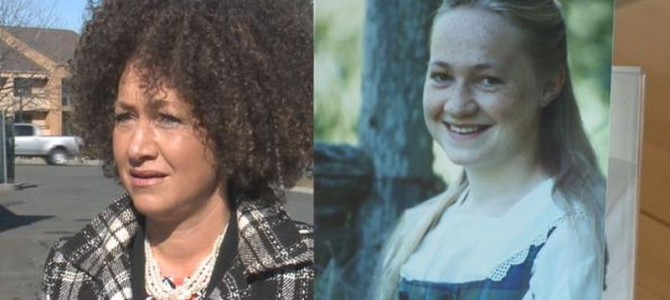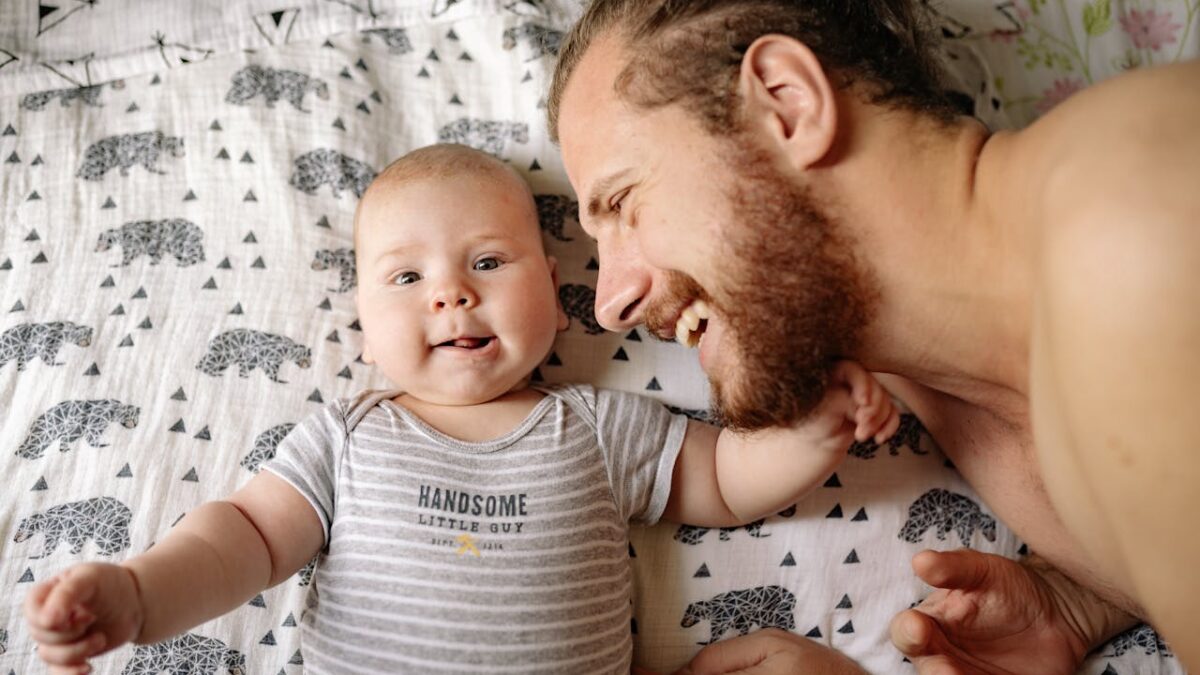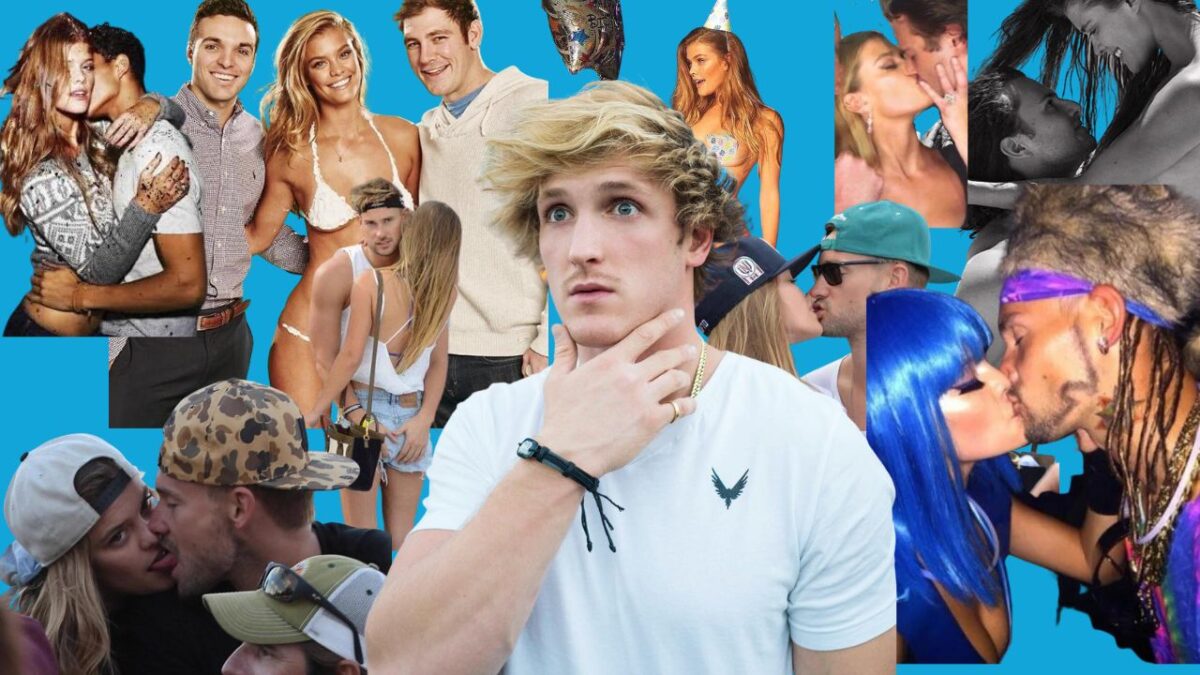Spokane NAACP president Rachel Dolezal, a professor of Africana Studies at Eastern Washington University, was outed earlier this week by her parents as being white.
In what has to be one of the more bizarre news stories of 2015, Dolezal pretended for years to be black. Social media accounts posted pictures of a black man who she said was her father (he’s not). She regularly wrote about her black son Izaiah (he’s actually her adopted brother).
It also appears as though she repeatedly lied about being the victim of race-based hate crimes. She claims to have been the victim of at least nine separate hate crimes.
As you might expect, this story has gotten a lot of attention, namely because Dolezal isn’t black. She’s white. Very white. According to her parents, her heritage is primarily German and Czech. Naturally, people are a bit shocked that a white person would so brazenly pretend to be black for so many years.
There seems to be little argument, on both the Right and Left, that Dolezal appears to have some serious psychological issues to sort out. Jonathan Capehart of the Washington Post tweeted that he agreed that she is “mentally disturbed“:
After reading this, I have to agree —> http://t.co/OdkRRJcKEn https://t.co/xdB5gCSD8m
Jonathan Capehart (@CapehartJ) June 12, 2015
He’s not alone. Just search for “dolezal crazy” or “dolezal nuts” on Twitter for a sampling of the near-universal opinion that she’s nuts. Try as I may, I can’t find any person of any notoriety defending Dolezal’s bravery or courage.
Which of course brings us to Bruce/Caitlyn Jenner.
How, exactly is what Dolezal did any different than what Jenner is currently doing? Rachel Dolezal is not black, and Caitlyn Jenner is not a woman (putting aside the basic biological facts of how sex-selection and chromosomes work, Jenner’s not even undergone the so-called sex change surgery; by all accounts, his equipment is still intact). Rachel Dolezal changing her wardrobe, her makeup, and her hair do not make her black. Pretty much everyone seems to agree on that, for obvious reasons. You don’t turn red into blue by magically declaring that red is now blue.
And yet, the Left and the media would have us believe that Bruce Jenner can become a woman by…changing his name, his wardrobe, his makeup, and his hair. How can you logically square the belief that Jenner is a hero while Dolezal is a mental case? Well, you can’t.
Take Jonathan Capehart, for example, who’s outraged by Dolezal’s con job:
White person running chap of NAACP? No problem. White person pretending to be black and running chap of NAACP. BIG problem.
Jonathan Capehart (@CapehartJ) June 12, 2015
I agree with him. The whole thing is bonkers, and there’s something just not right about Dolezal’s long-running race hoax. So I asked Capehart if he’d be bothered if Jenner took over the Girl Scouts:
.@CapehartJ Would it be a big problem if Caitlyn Jenner ended up running the Girl Scouts?
Sean Davis (@seanmdav) June 12, 2015
FTLOG, Caitlyn Jenner is not "pretending" to be a woman. Move along… https://t.co/BbWGFCSFRL
Jonathan Capehart (@CapehartJ) June 12, 2015
Wait, wait? How can anyone with even the most tenuous grip on reality possibly argue that Jenner, who’s undergone zero surgery (not that that can change one’s chromosomes, which are entirely responsible for determining one’s sex), is not pretending to be a woman? How can you not see the glaring similarities between Jenner’s shtick and Dolezal’s? Nearly overnight, it would appear that the long-standing ideas of race as a social construct and gender as a biological construct have been flipped on their heads.
In a 2013 essay for The Atlantic, writer Ta-Nehisi Coates explained the social, not biological, foundation of race in the modern age:
Our notion of what constitutes “white” and what constitutes “black” is a product of social context. It is utterly impossible to look at the delineation of a “Southern race” and not see the Civil War, the creation of an “Irish race” and not think of Cromwell’s ethnic cleansing, the creation of a “Jewish race” and not see anti-Semitism. There is no fixed sense of “whiteness” or “blackness,” not even today.
He makes a great point. We know precisely the definition of male (an X and a Y chromosome) and female (two X chromosomes)–or at least we did before society lost its collective mind–but is it possible to give a precise, quantifiable definition of black or white? Coates argues that you can’t, because so much of it depends on the social and historical context of a given culture:
Race is no more dependent on skin color today than it was on “Frankishness” in Emerson’s day. Over history of race has taken geography, language, and vague impressions as its basis.
Which brings us right back to Rachel Dolezal. She’s no hero. She’s a fraud, and likely one in need of serious mental help. She deliberately lived out a charade. At least in this instance, society seems to recognize that you cannot change who you are merely by playing dress-up and declaring that white is now black.
There will be no reality shows for Rachel Dolezal. No prime-time interviews. No photo-shopped magazine covers. Nobody will declare that Dolezal is brave, courageous, or worthy of being placed on a pedestal as a heroine. She will not be lauded by ESPN during its annual gala. There will be no Arthur Ashe Courage Awards given to Rachel Dolezal.
This is America in 2015, and the Dolezal and Jenner cases teach a valuable lesson about media relations: if you want to be celebrated for identity fraud, stick with gender and leave the race card at home.









